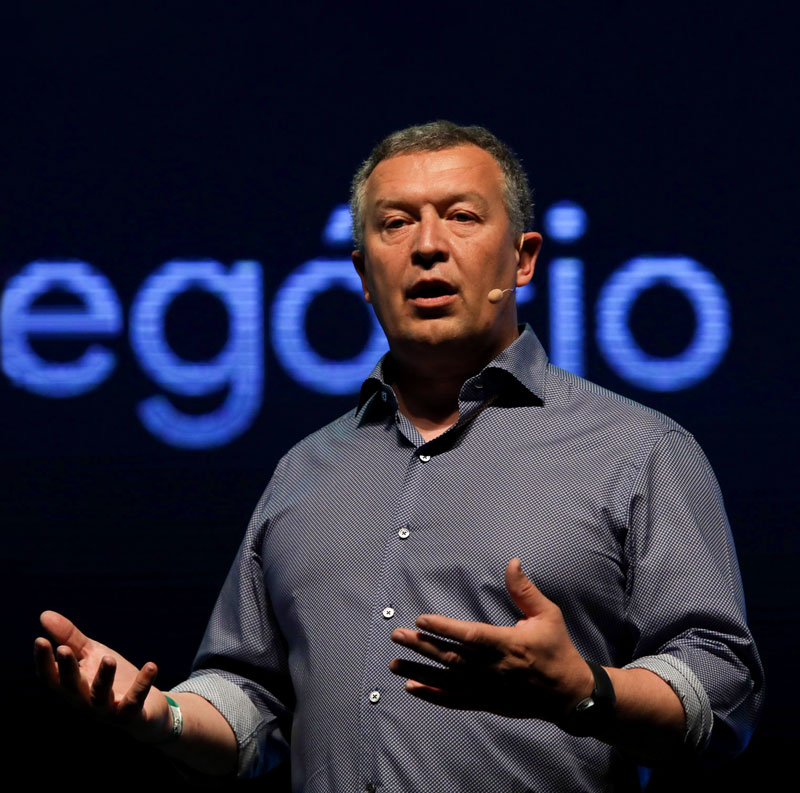
Luciana Aith
The engineer made his career at Google, where he worked for 22 yearsLuciana AithThe death of engineer Luiz André Barroso, 59, who lived in the USA since the 1990s, was reported quietly in Brazil, perhaps due to the invisible nature of his work on the infrastructure behind the functioning of the internet and his discreet personality.
Born in Rio de Janeiro, Barroso built his career at Google, where he worked for 22 years and earned the title of Google Fellow, reserved for very few people at the company. His most recognized work, his innovative planning of enormous data centers, seen by some as the brain of the internet, had a direct impact on the entire information industry.
His work is described in the book The Datacenter as a Computer (Morgan & Claypool, 2018), by Barroso and Urs Hölzle. “Facebook, Microsoft, and Amazon adopted the approach,” says Berthier Ribeiro-Neto, a professor of computer science at the Federal University of Minas Gerais (UFMG) and director of the Google Engineering Center in Belo Horizonte.
For the internet to work, from the search tool itself to a video call or email, all data must be stored and processed inside servers stacked on shelves inside physical buildings—enormous facilities larger than shopping malls, connected to each other by cables that cross oceans and continents. “The cloud is not something abstract. Someone is back there making things happen,” explains computer engineer Cíntia Borges Margi, a professor at the Polytechnic School of the University of São Paulo (Poli-USP).
Barroso was a central character in the genesis of this infrastructure, known as warehouse scale computing (WSC), which organizes a hierarchy of data history and access to optimize processing. In 2001, after working on a microchip project called Piranha for the American manufacturer Compaq, Barroso decided to move to Google and dedicate himself to programming. In around 2005, with the expansion of Google’s search engine and Gmail, the company needed to radically expand its data centers and there were no third-party suppliers capable of meeting its needs.
The problem was that Google was a company of software engineers, not hardware experts. Since Barroso had a history of working with hardware, he ended up taking the lead. His solution was to build new data centers from scratch, designing servers, network computers, storage systems, the buildings themselves, and cooling and power distribution structures.
“It doesn’t matter that all of Barroso’s work was carried out at Google and not in academia, because everything he did is published and followed a scientific method, with the backing of a researcher,” says Margi, from Poli-USP.
Barroso had a degree in electrical engineering from the Pontifical Catholic University of Rio de Janeiro (PUC-RJ) and did a master’s degree at the same university. He did a PhD in computer engineering at the University of Southern California (USC), USA. In addition to his passion for work, his interests included music and wildlife photography. This year, he released Before Bossa, an album of arrangements of Brazilian and jazz songs that inspired the founders of bossa nova.
Married to American singer-songwriter Catherine Warner, Barroso died of natural causes on September 16. He leaves no children.
Republish